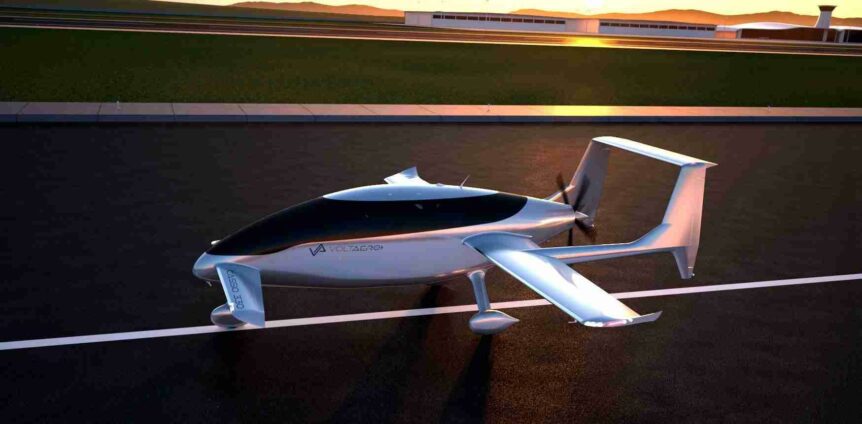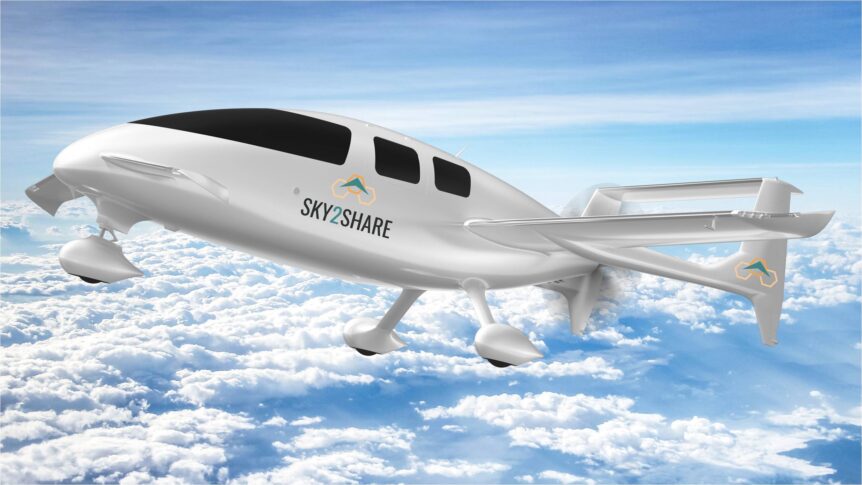A year ago, VoltAero, a French company grown out of Airbus’ early efforts at creating electric aircraft, was test flying a modified Cessna 337 Skymaster. They have made progress from the three motor craft to a range of single-propeller machines with much higher performance – the Cassio. Their pre-prototype mockup has been making the air show and exhibition rounds, moving steadily westward. One Year Ago VoltAero was still promoting their Skymaster derivative, but had been planning on bringing out the first of three similar three-surface aircraft. Dropping the dual Safran 45kilowatt motors of that testbed, the firm went to a single Kawasaki-powered hybrid power system that drives a single five-blade pusher propeller. Jean Botti, former Airbus executive and now CEO of VoltAero, explained the move as a way to lower noise – a significant need for modern aircraft often operating in urban environments. The hybrid system enables the internal combustion (thermal) engine to recharge batteries in flight and act as …
VoltAero in Three Flavors
Jean Botti has had a remarkable career on two continents, culminating in his leadership of French company VoltAero, which offers its latest hybrid aircraft in three flavors. It’s all based on a modular design which shares a three-lifting-surface aerodynamic platform. As the company notes, “First to enter service will be the Cassio 330, with five seats and powered by the 330-kilowatt electric-hybrid propulsion system. VoltAero’s follow-on six-seat Cassio 480 will have an electric-hybrid propulsion power of 480 kilowatts, while the Cassio 600 is sized at a 12-seat capacity with electric-hybrid propulsion power of 600 kilowatts.” The 330 has a wingspan of 32 feet eight inches and a maximum takeoff weight of 4,255 pounds (1,930 kilograms). 480 and 600 models share a 40-foot, seven-inch span and longer fuselages to accommodate larger power trains, more passengers and cargo. This impressive array of planned aircraft stems from humble beginnings, a Colomban Cri-Cri (the world’s smallest twin-engine airplane designed by one of the engineers …


